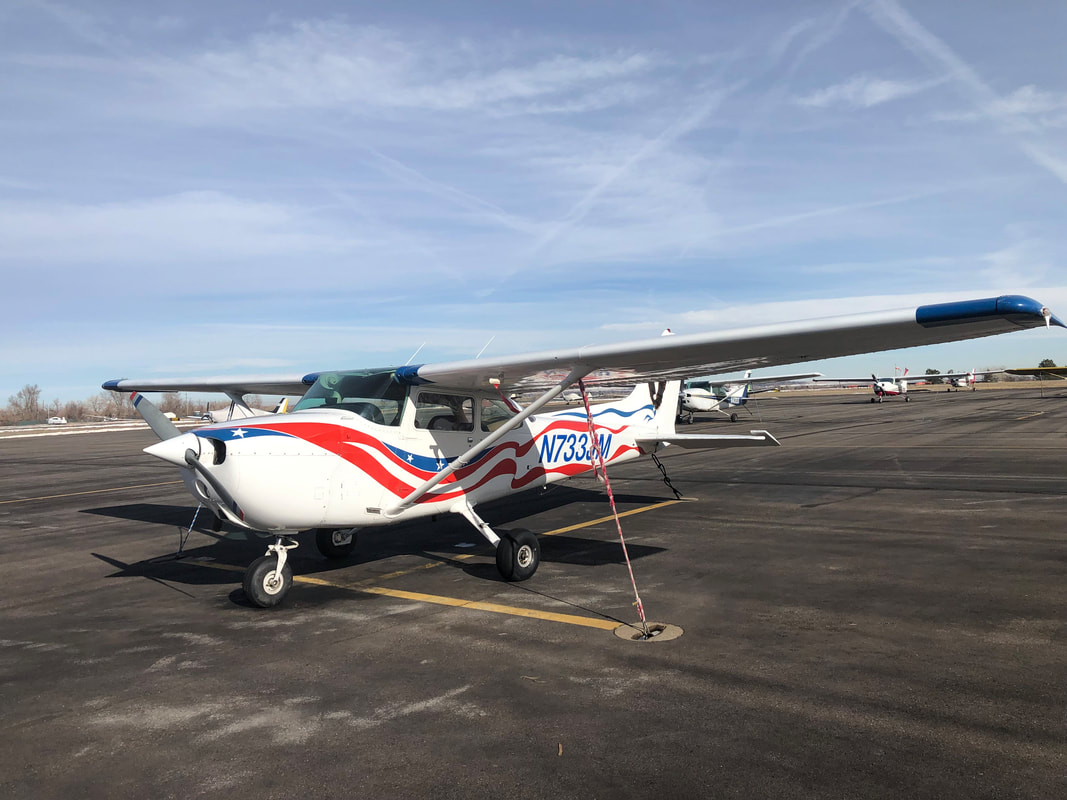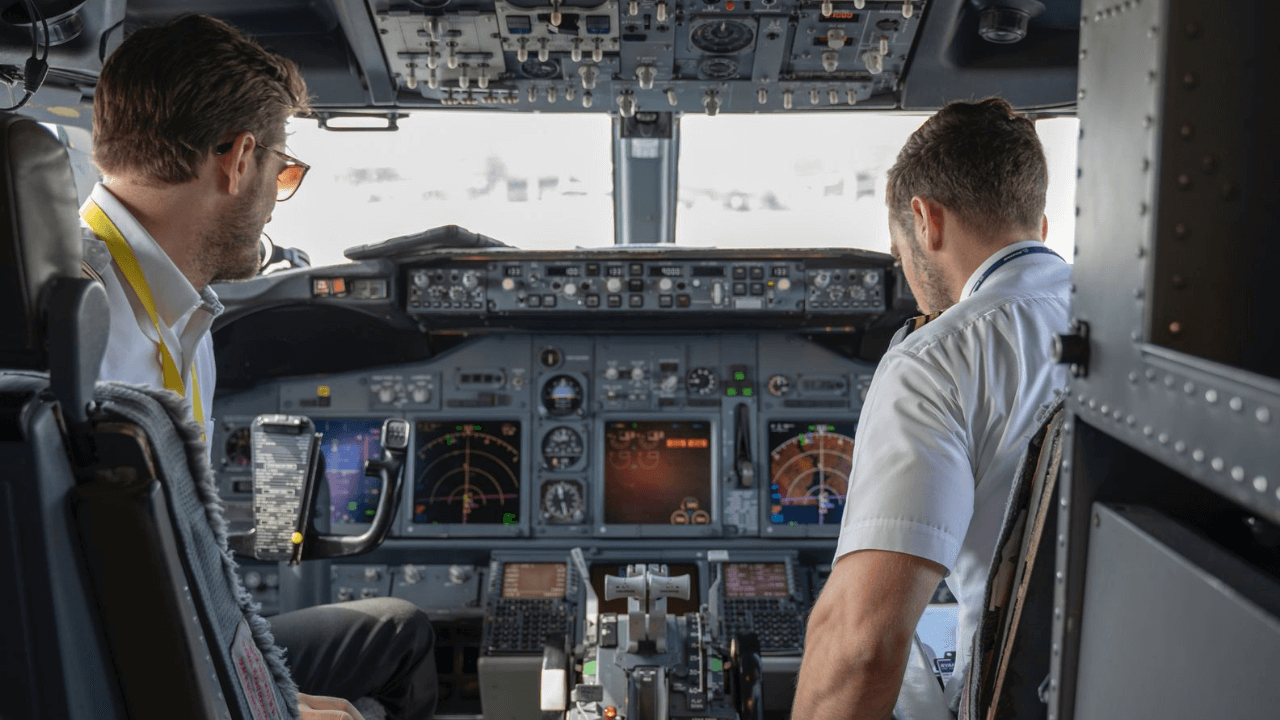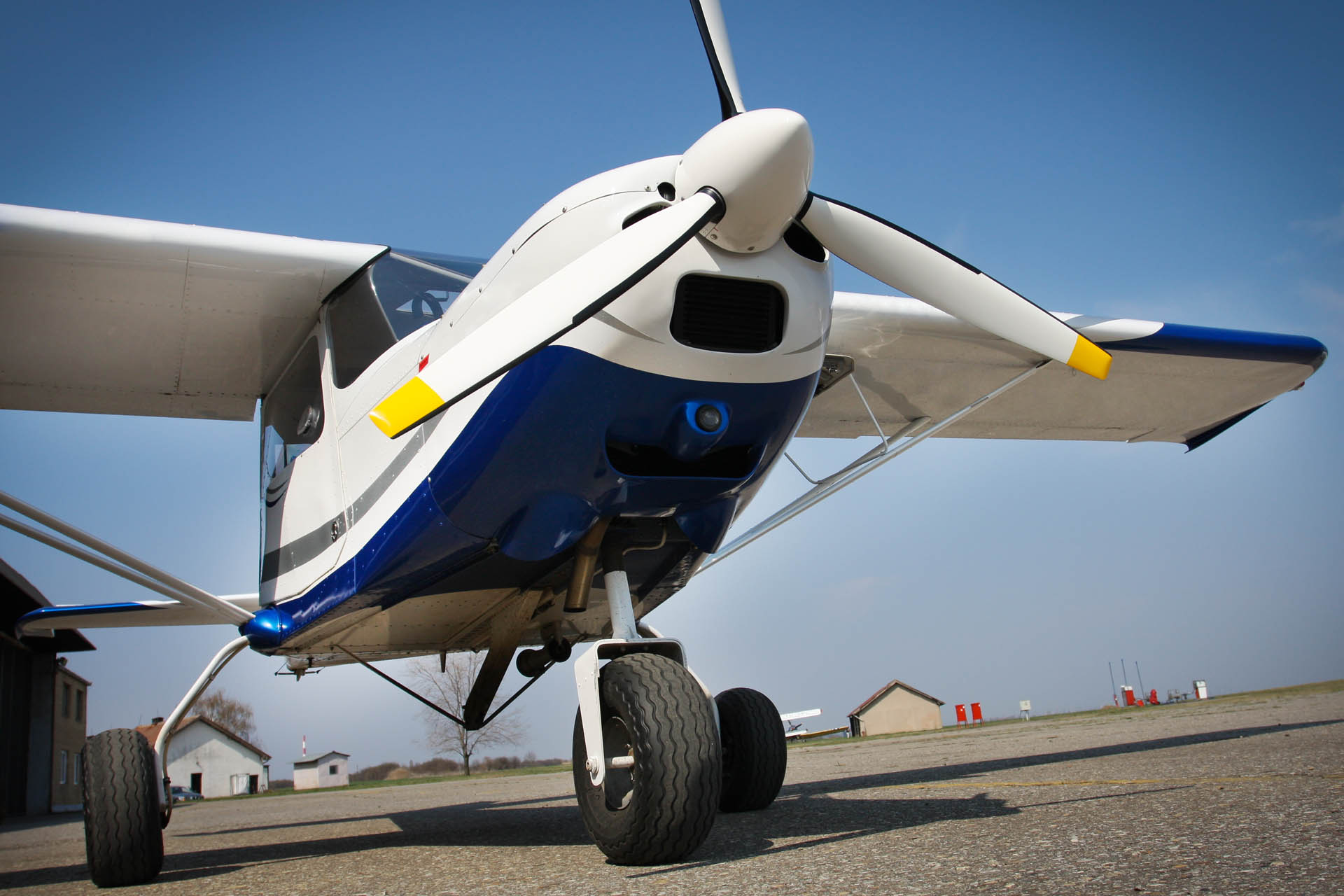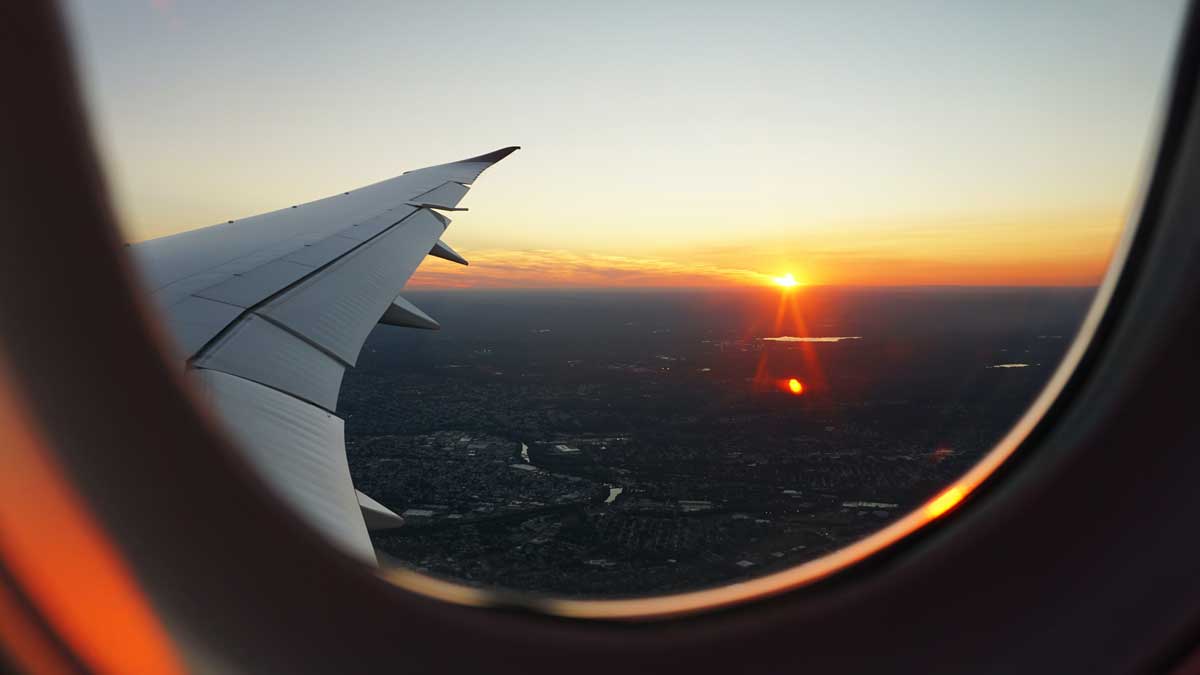Aircraft Insurance Requirements - An applicant must be a citizen of the United States of America. If the proposed certificate holder will be owned by a partnership, each member of the partnership must be a U S citizen, if owned by a corporation or association created or organized under the laws of the United States or of any State, Territory, or possession of
the United States, the president and two-thirds or more of the board of directors and other managing officers thereof must be a citizen of the United States and at least 75 percent of the voting interest must be owned or controlled by persons who are citizens
Aircraft Insurance Requirements

of the United States or of one of its possessions. Aircraft insurance is highly variable and must be tailored to each individual's specific needs. The key to receiving the best premium possible is to be prepared before shopping.
Company Ownership
Ensure you know your insurance coverage needs and what aspects specific to you will influence your premium. This is an aviation coverage similar to Hull All Risks Insurance, although this would cover spare parts that are carried on the aircraft or stored separately to use for the insured aircraft.
When purchasing this insurance, the insurer will submit an inventory of spare parts before agreeing to the “Average Value at Risk”, or the pre-set value the Insurer will pay in case of losing the spare item.
YES, aircraft owners need to have insurance from reputable insurance carriers or from an aviation insurance specialist. In fact, aviation insurance is the most comprehensive among various insurance options. Depending on the country the aircraft is from (and plans to travel to), it requires coverage for the aircraft in the hangar, ground, and air, as well as passenger liability.
Applicants who are applying to conduct interstate commuter operations are required to obtain Economic Authority from the Department of Transportation (DOT). The DOT issues the economic authority when it determines that an applicant is “fit, willing, and able” to conduct operations and the applicant has filed evidence of insurance coverage as described below.

Aviation Spares All Risks Insurance
Because this is a requirement to complete certification, an applicant should apply for the economic authority determination as early as possible to avoid the possibility of delays. While it may not be realistic to invest significant time and money into obtaining a new license, such as a Commercial Pilot License, it may be worth investing time and money in additional training.
Demonstrating a history of regular flight training over and above what is legally required will go a long way in showing an aircraft insurance company that you are at a lower risk. Aircraft insurance is a general term used to refer to any insurance policy related to an aircraft, including property related to the use of the aircraft, such as hangers or airports.
Aircraft insurance policies will cover some or all of the costs associated with an accident. This includes damage to the aircraft itself, injuries to passengers, and damage to property. Crew coverage is insurance that covers the crew members of an aircraft, including the pilots and cabin crew.
Crew members generally receive this type of insurance from their company. It is intended to relieve crew members from any financial responsibility in the event of an accident. In addition, the aircraft and all its components with manufacturer recommended Time Between Overhauls (TBO's) must be complied with for an aircraft operated on a Part 135 certificate.
Economic Authority
The maintenance records must be complete with no gaps in documentation, especially for time or cycle limited components. Any time or cycle limited components that have an incomplete maintenance record must be brought back to a zero time status.
Some people or vehicle owners have ignored investing in insurance carriers, may it be for themselves or the vehicles they operate. But in various countries, the law would provide them to avail insurance. Do these laws apply for airplanes and other aircraft?

Applicants who intend on conducting operations under 14 AC Part 135 may be required to adopt and implement a Transportation Security Administration (TSA)-approved security program. The size and scope of the security program required will be based on several factors including, but not limited to, kind of operations conducted, maximum certified take-off weight of the aircraft, aircraft seating capacity, and whether or not they will enplane or deplane.
passengers within a sterile area of an airport. Known as CSL, this insurance combines public liability and passenger liability insurance. There is a liability limit per payout for every accident, and because it is combined insurance, there is more flexibility in terms of paying liabilities, based on the liability limit set.
Crew Coverage
International liability is a component of aircraft insurance that covers damage incurred outside of the United States. With international liability added to your aircraft insurance, you will be able to fly internationally while still being covered by your insurance company in the United States.
Applicants who are applying to conduct interstate On-Demand operations must register as an Air Taxi Operator by filing OST Form 4507 – Air Taxi Operator Registration and Amendments – along with the evidence of insurance coverage described below, with the FAA Air Transportation Division, Technical Programs
Branch. Applicants must register not later than 30 days prior to the commencement of operations You may be wondering if the cost (known as a premium) of your insurance will increase after a claim. Ultimately, it entirely depends on the insurance company.
If the insurance company views the cause of the claim as someone else's fault, they may not increase the rate of your insurance premium. For additional guidance related to training curriculum requirements refer to §135 Subpart H and FSIMS AC Order 8900.1, Volume 3, Chapter 19. For additional information related to utilizing the services of an AC approved part 142 training center refer to AC Order 8900.1, Vol.

Do You Have To Have Insurance On A Plane?
. 3, Ch 54, section 6. All U.S. direct air carriers operating in interstate or foreign air transportation must file evidence of aircraft accident liability insurance coverage that meets the requirements of 14 CFR Part 205 using OST Form 6410 – US Air Carriers Certificate of Insurance – with the FAA Air Transportation Division, Technical Programs Branch
. By far, the most efficient way to minimize your insurance costs is to avoid claims. Although this may seem obvious and practically defeats the purpose of paying for aircraft insurance, avoiding claims, especially small ones, will save you money in the long run.
Some insurance companies require you to undergo specific flight training to be eligible for an aircraft insurance premium. Make sure to inquire about any additional flight training requirements or any flight training programs that might reduce your insurance premium.
This is also known as aircraft insurance, offering aircraft liability coverage and property insurance coverage to your aircraft. Depending on the aviation insurance policy you invest in, it will cover various losses that result from aviation risk, which includes cargo loss, bodily injury to people, or property damage.
Transportation Security Administration Tsa Security Program Requirements For Part Certificate Holders
The Department of Transportation's (DOT) rule, 49 AC Part 40, describes required procedures for conducting workplace drug and alcohol testing for the federally regulated transportation industry. All air carriers and operators requiring certification by 14 AC Part 119 and authorized to conduct Part 135 operations shall have a drug and alcohol program.
See 14 AC Part 120. This program is administered by the Office of Aerospace Medicine, Drug Abatement Division AAM-820. The certificate holder's manual (see AC Order 8900.1, Volume 3, Chapter 32, Section 1 ) should contain the certificate holder's operations policies, methods, and procedures.

Crewmembers are required to comply with the operations policies, methods, and procedures contained in the manual. §135.23 contains a list of the items that are required to be included in the GOM. Certificate holders that operate aircraft with 9 or less passenger seats generally include their maintenance procedures in the GOM.
For additional information on the maintenance manual requirements refer to AC Order 8900.1, Volume 3, Chapter 32, Section 10. If the aircraft is uninsured, there is a chance the owner will be barred from using Fixed-Based Operators, as they require insurance on aircraft.
Combined Single Limit
Furthermore, the aircraft will be denied any landing permits. That is why investing in the aviation insurance market and finding a good aviation insurance underwriter is crucial in the aviation industry. Storing your aircraft in a hangar protects it from the outside elements, such as weather, vandalism, and potential damage from movement on the apron.
In addition, renting or buying space in a hanger will reduce maintenance costs. As for pilots, you don't need to invest in insurance for the airplane, but they need to carry their own aircraft insurance, as aviation insurance does not cover the pilot.
Pilots need to have coverage for medical payments and aircraft physical damage coverage, as well as aircraft liability coverage. An applicant / operator must have the exclusive use of at least one aircraft that meets the requirements for at least one type of operation.
The applicant must either own or have a lease agreement for a period of 6 continuous months from the time of certification to satisfy the exclusive use requirement. The applicant may begin the certification process with a letter of intent showing that an aircraft will be purchased or leased, but in no circumstance will the certification process be completed until the applicant provides a suitable aircraft.

International Liability
Similar to the amount of training you have received, the number of flight hours you have directly influences your risk factor to the insurance companies. As a result, you can expect a lower premium the more flight hours you have.
Statistically, if you have over 5,000 hours, your risk of being involved in an accident reduces by 50%. Airlines insurance is made for private or government-owned airlines, including coverage for physical damage to the aircraft, liabilities to the passengers, third-party, or baggage and cargo, worker's compensation, as well as general and employers' liability to cover the full
range of operations, whether single aircraft or as a major international carrier. You can avail of aviation insurance from a reputable insurance company, which is designed to help protect not only aircraft owners and operators, but their passengers as well.
It is different from marine insurance, which covers ships, terminals, cargoes, among other marine services. Furthermore, there are different types of insurances and coverages to invest in, depending on one's insurance needs. Even if you are a part-owner, you will need to have similar aviation insurance as full owners.
Increased Costs After Claims
What makes it different is the insurance rates, which may differ for a group of aircraft owners or operators compared to just one aircraft owner. Keep your flight record as clean as possible, and be honest about any accidents or incidents you may have been involved in.
Accidents or incidents that were not your fault need to be explained to the insurance company. Joining an association or flight club may make you eligible for discounts from certain aircraft insurance companies. These organizations charge a membership fee for access to certain benefits, and there are many to choose from.
Do some research and find out if joining one of these associations will be worth your while. To make the aircraft insurance process straightforward and keep you from being blindsided by expensive premiums, this article will explain the actual cost of aircraft insurance and provide you with the knowledge to shop with confidence.
ATTENTION: Microsoft has discontinued updates and support for Internet Explorer, and the online insurance application may not work in Internet Explorer. The EAA site offers the best user experience on the latest versions of Google Chrome, Firefox, and Microsoft Edge.
Avoid Claims
As mentioned, there are different types of aviation insurance you can get, with different aviation insurance needs. Your aviation insurance company and underwriter can advise you in getting the correct one, depending on what you need.
aircraft insurance rates, faa aircraft insurance requirements, faa insurance requirements, eu aircraft insurance requirements, states that require aircraft insurance, canadian aircraft insurance requirements, aircraft liability insurance requirements, small aircraft insurance





